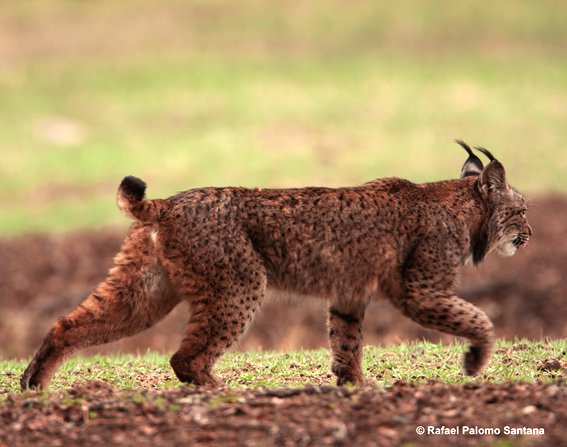The pigmentation patterns of many carnivorous mammals comprise contrasting white patches of hair in different parts of the body whose evolution remains largely misunderstood. Some felids (Felidae) exhibit conspicuous white spots on the posterior part of the ears, while the ear color of others is uniform. On the basis that ear movement in felids has a role in intraspecific communication and that color contrast enhances detection, here it is hypothesized that white spots on ears may be particularly adaptive under conditions of poor visibility and thus be associated with the occupancy of closed habitats. This prediction was tested using phylogenetic logistic regression models with all species of extant felids. Results show a clear association between the occurrence of white spots on ears and preference for closed habitats, and this is independent of body size and whether species that occupy both closed and open habitats are considered as closed- or open-habitat specialists. Phylogenetic signal analyses indicate that the occurrence of white spots on ears is a highly conserved trait while habitat preferences are evolutionarily labile, suggesting that the presence of white spots may have partly contributed to the adaptation of felids to closed habitats. These findings indicate that some subtle pigment traits have fulfilled a significant role in determining the success of habitat occupancy by felids and possibly other mammals, which in turn has driven the evolutionary maintenance of such traits. informacion[at]ebd.csic.es: Galván (2019) Correlated evolution of white spots on ears and closed habitat preferences in felids. J Mammal Evol https://doi.org/10.1007/s10914-019-09464-x
https://link.springer.com/article/10.1007/s10914-019-09464-x

 Las altas temperaturas están provocando que las lagunas y las marismas de Doñana pierdan agua rápidamente
Las altas temperaturas están provocando que las lagunas y las marismas de Doñana pierdan agua rápidamente




